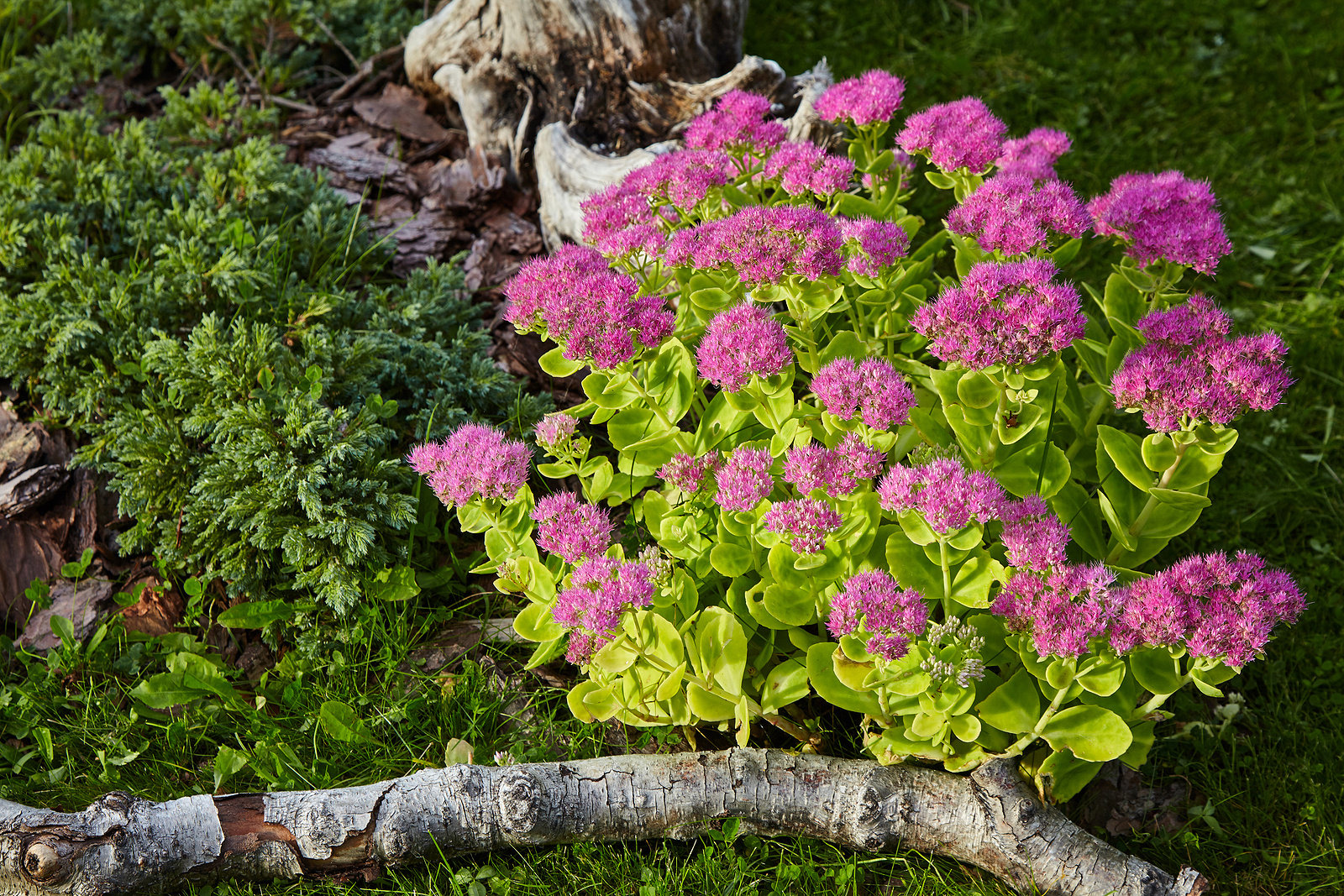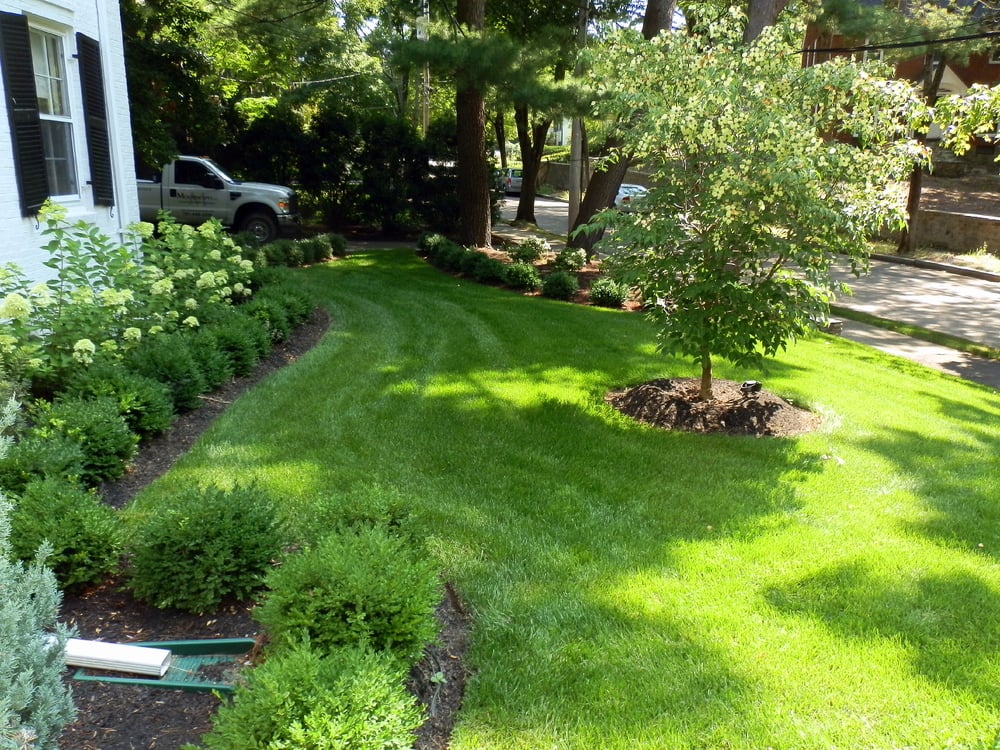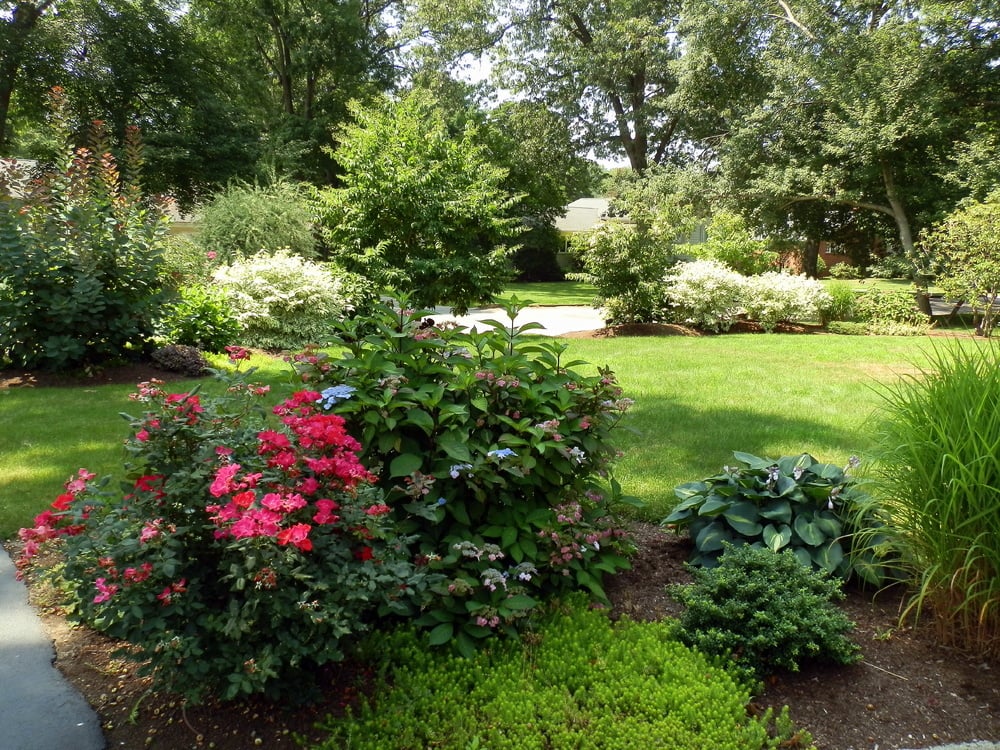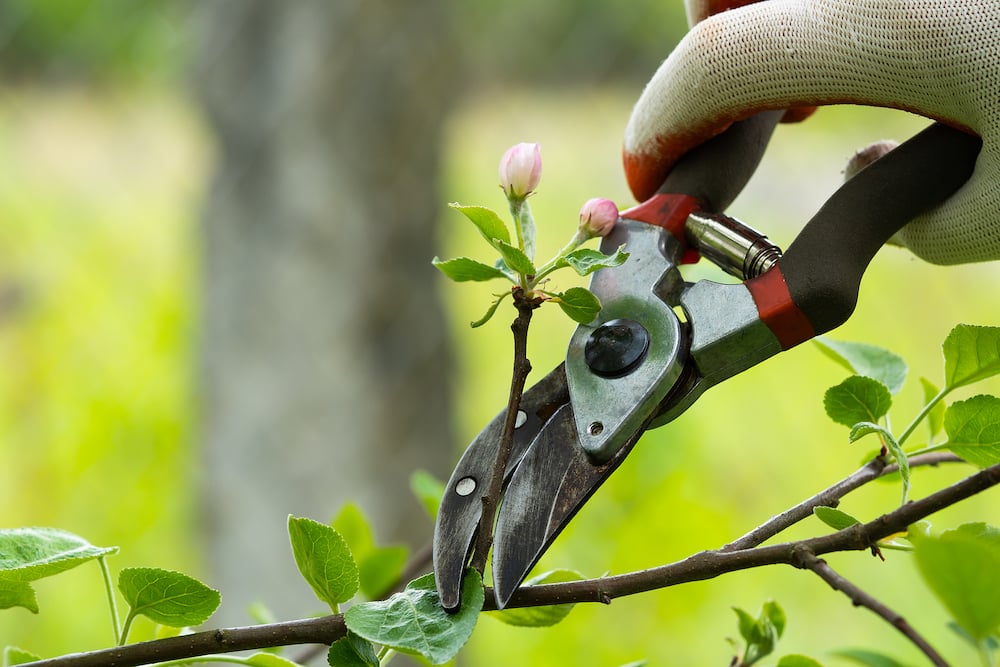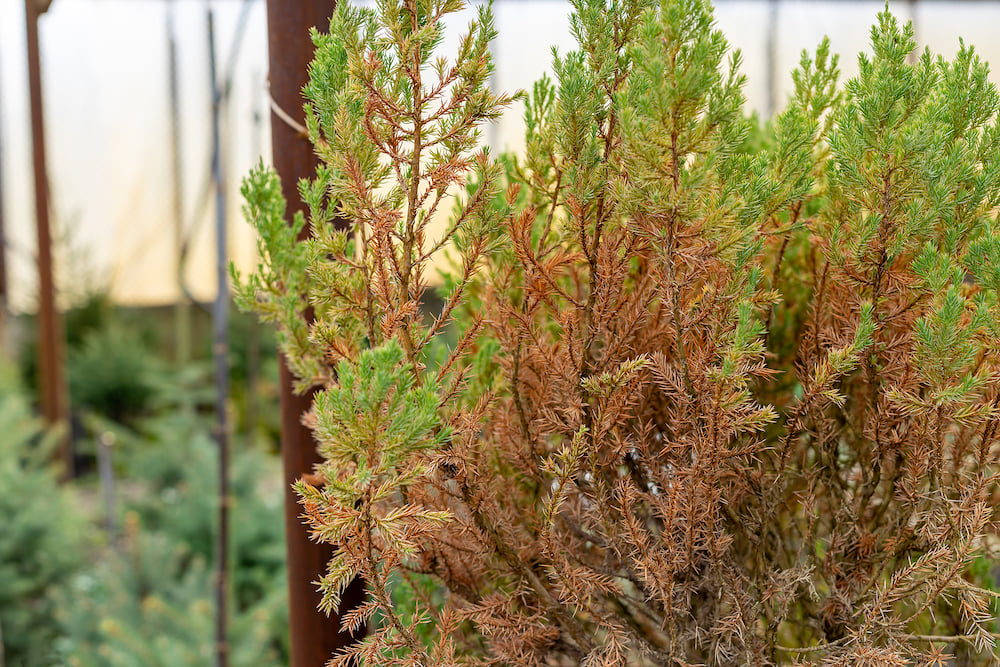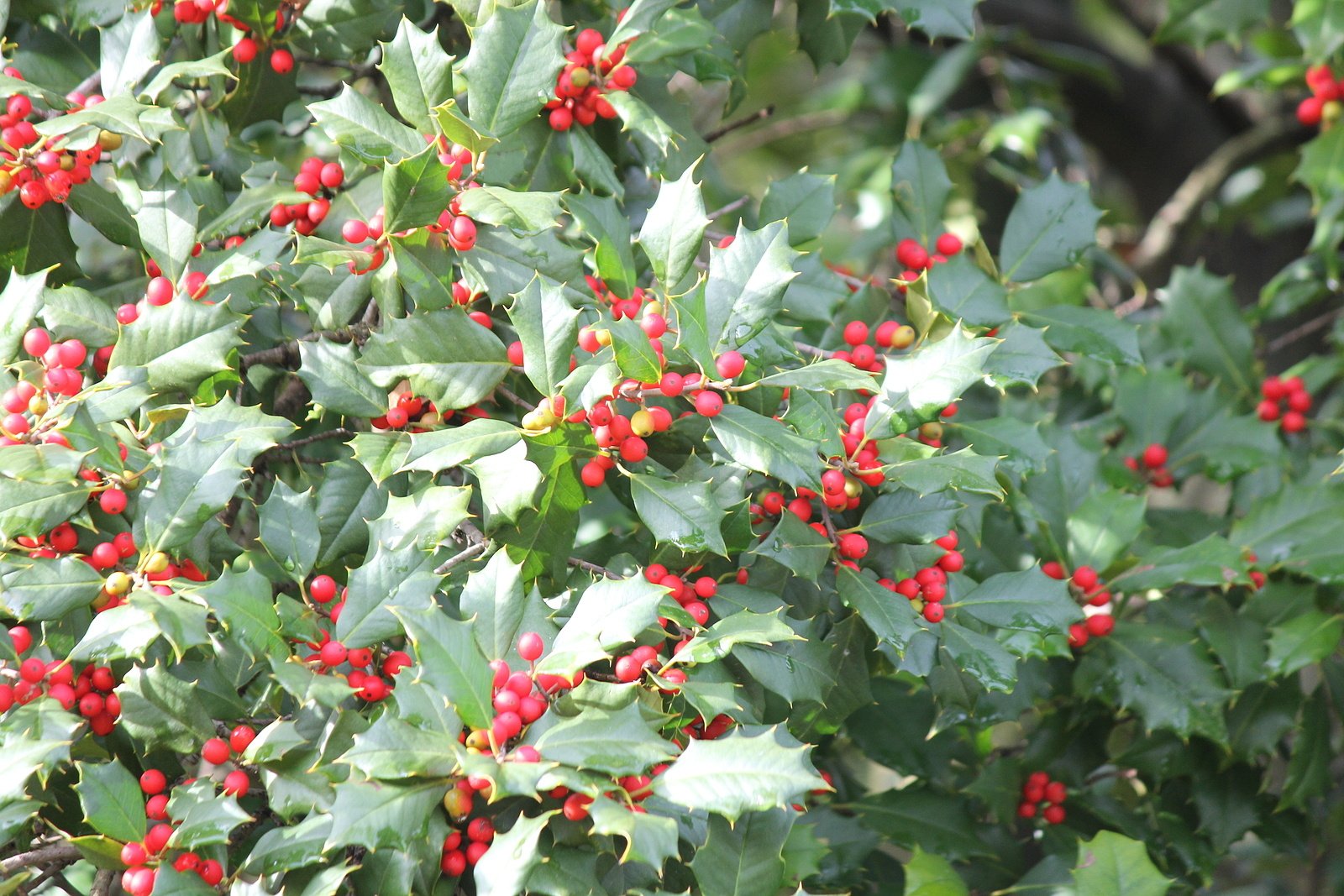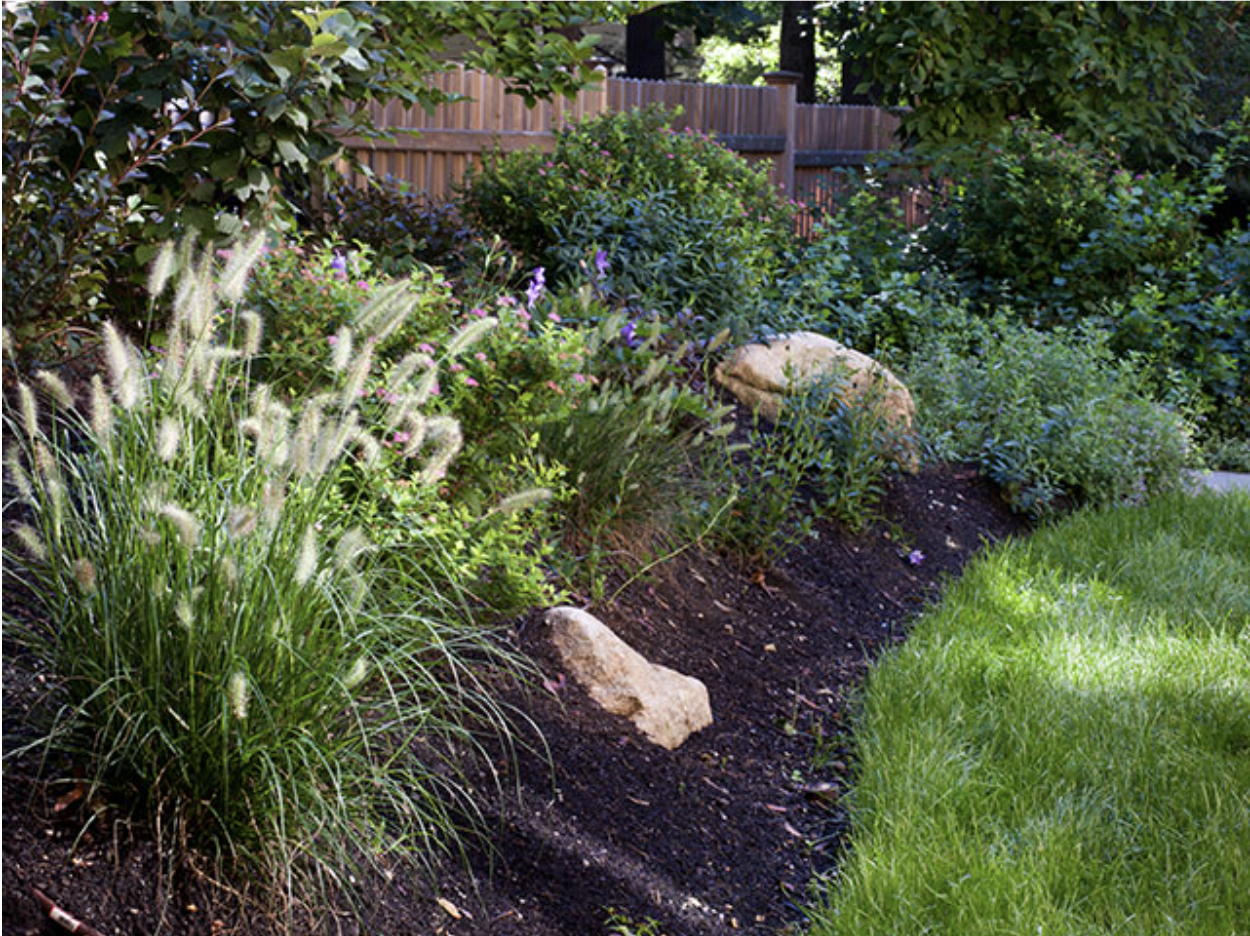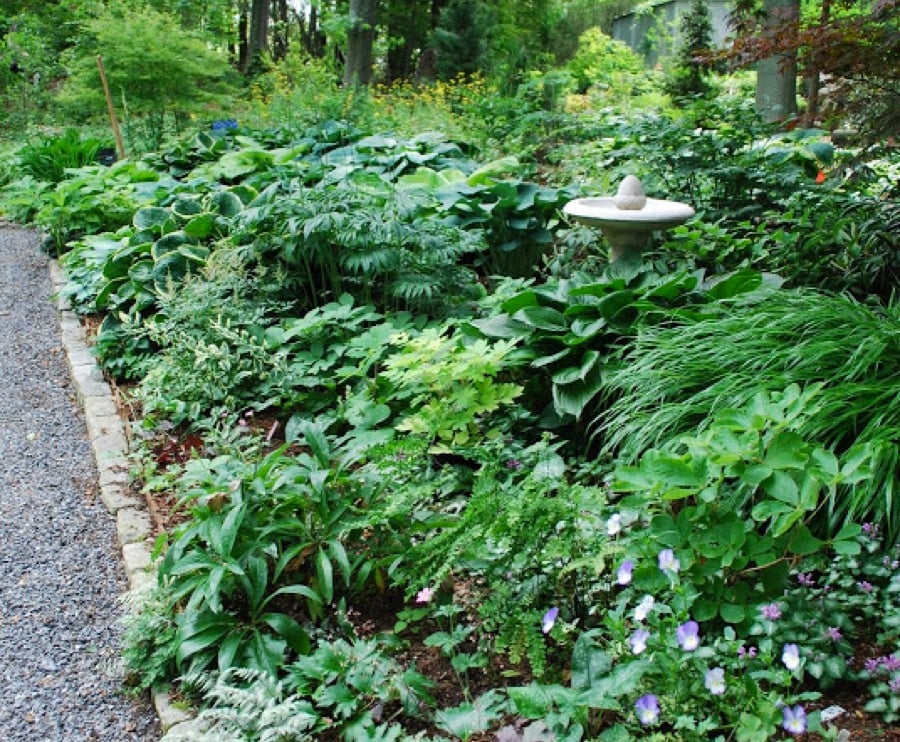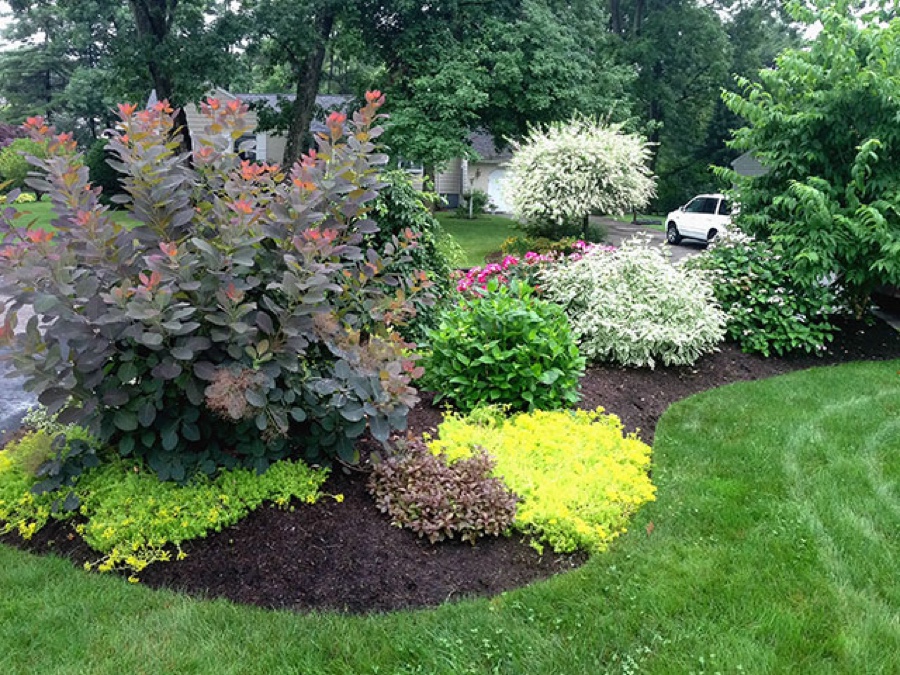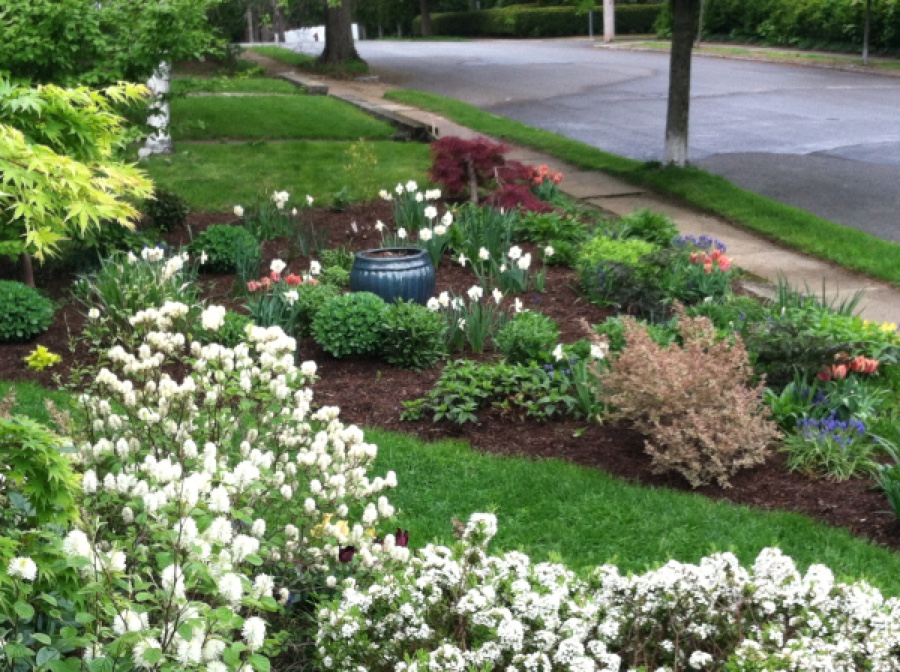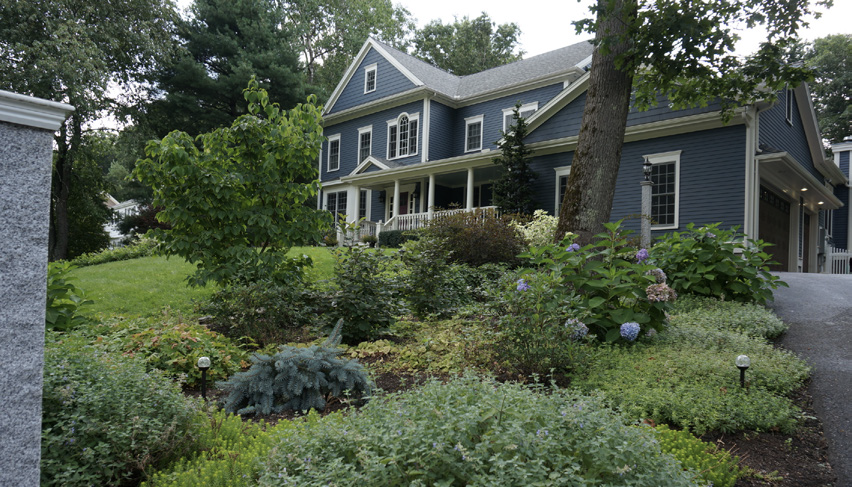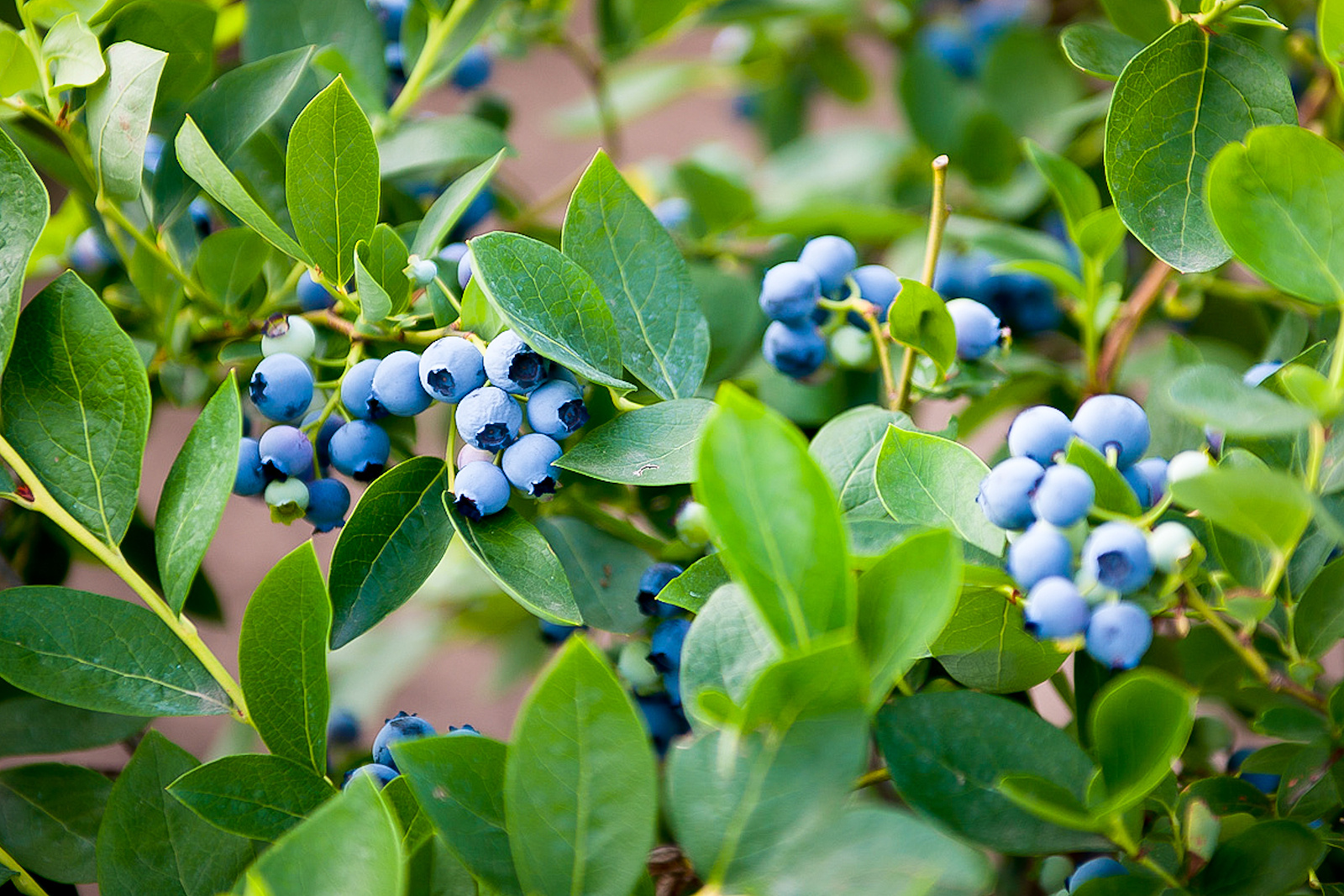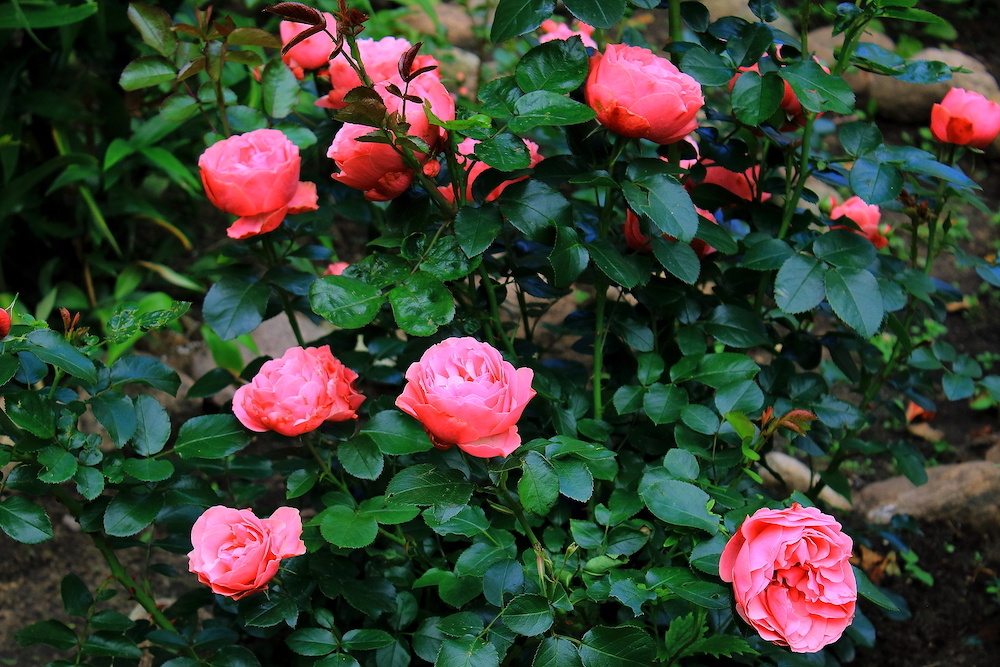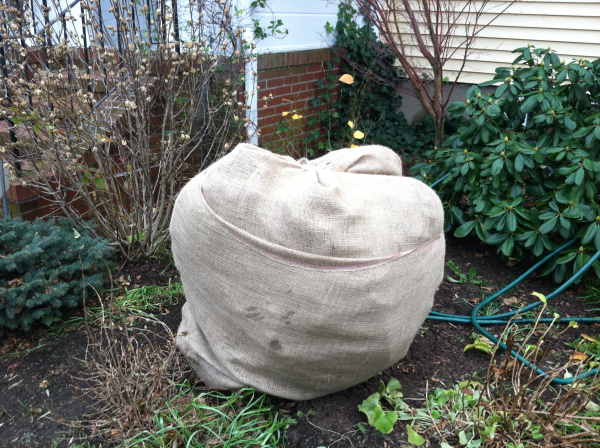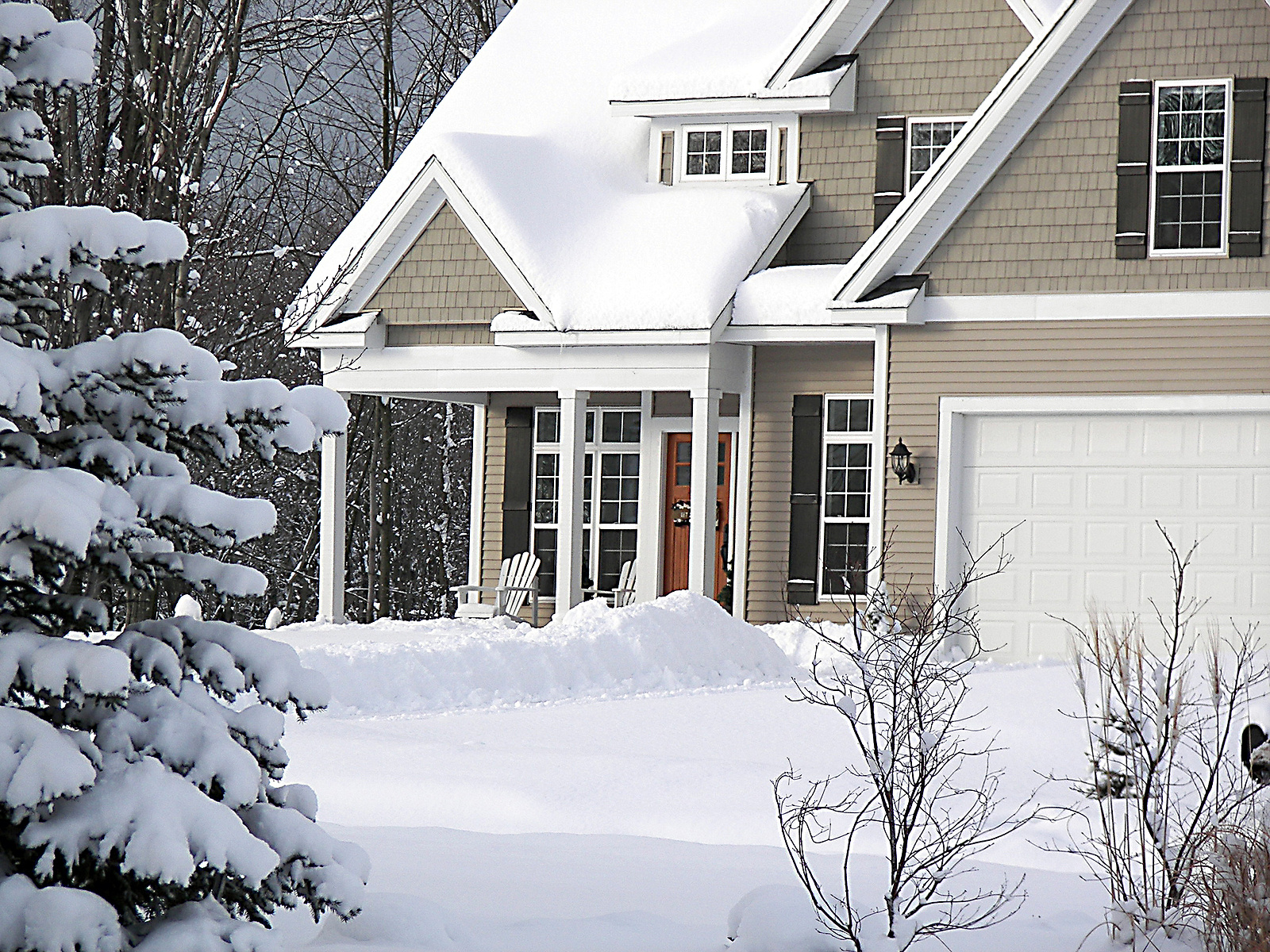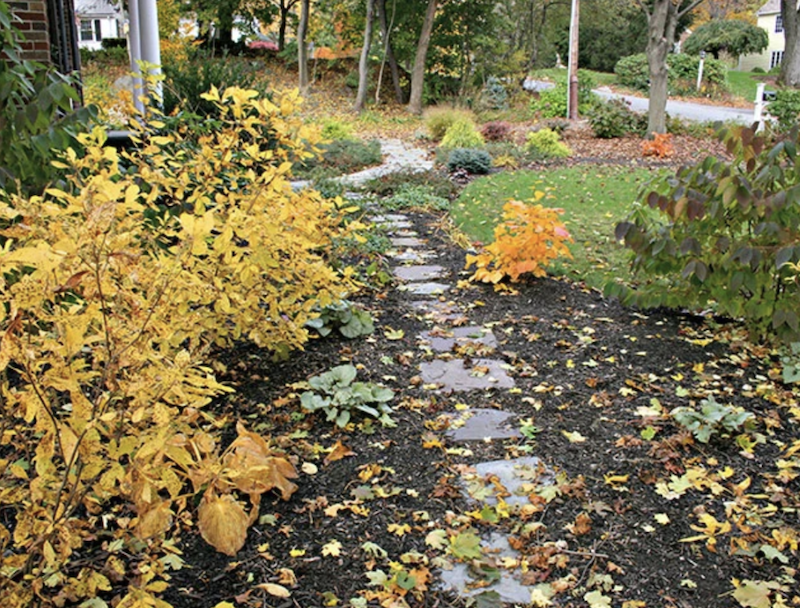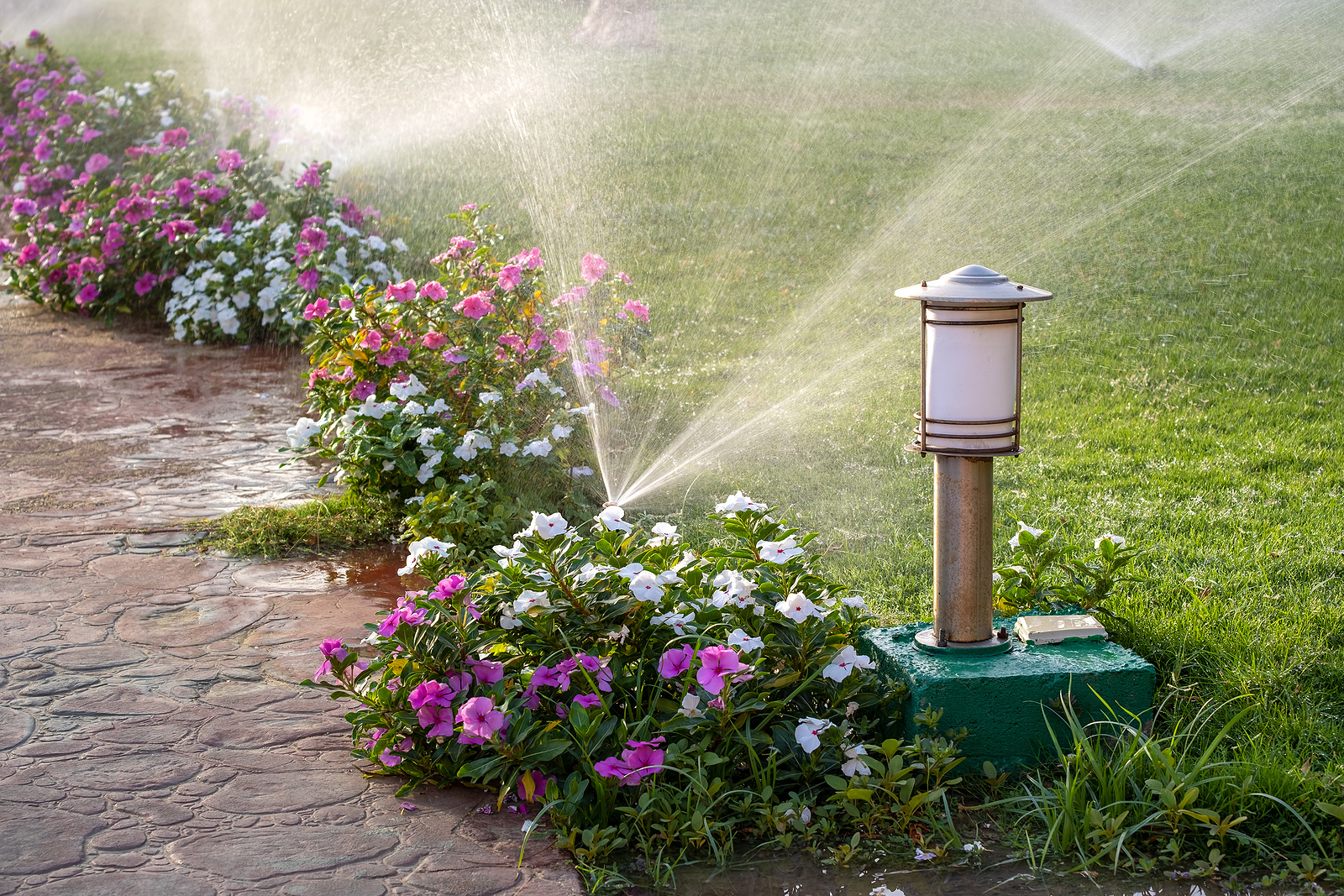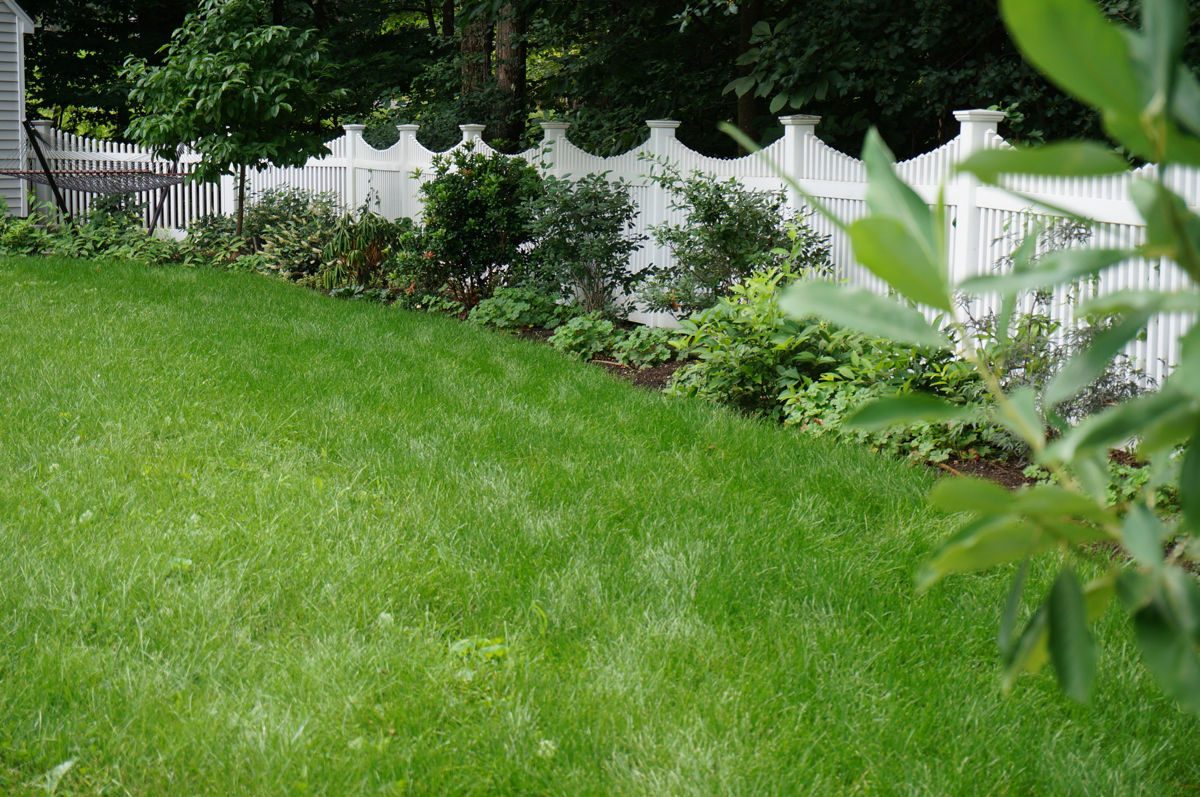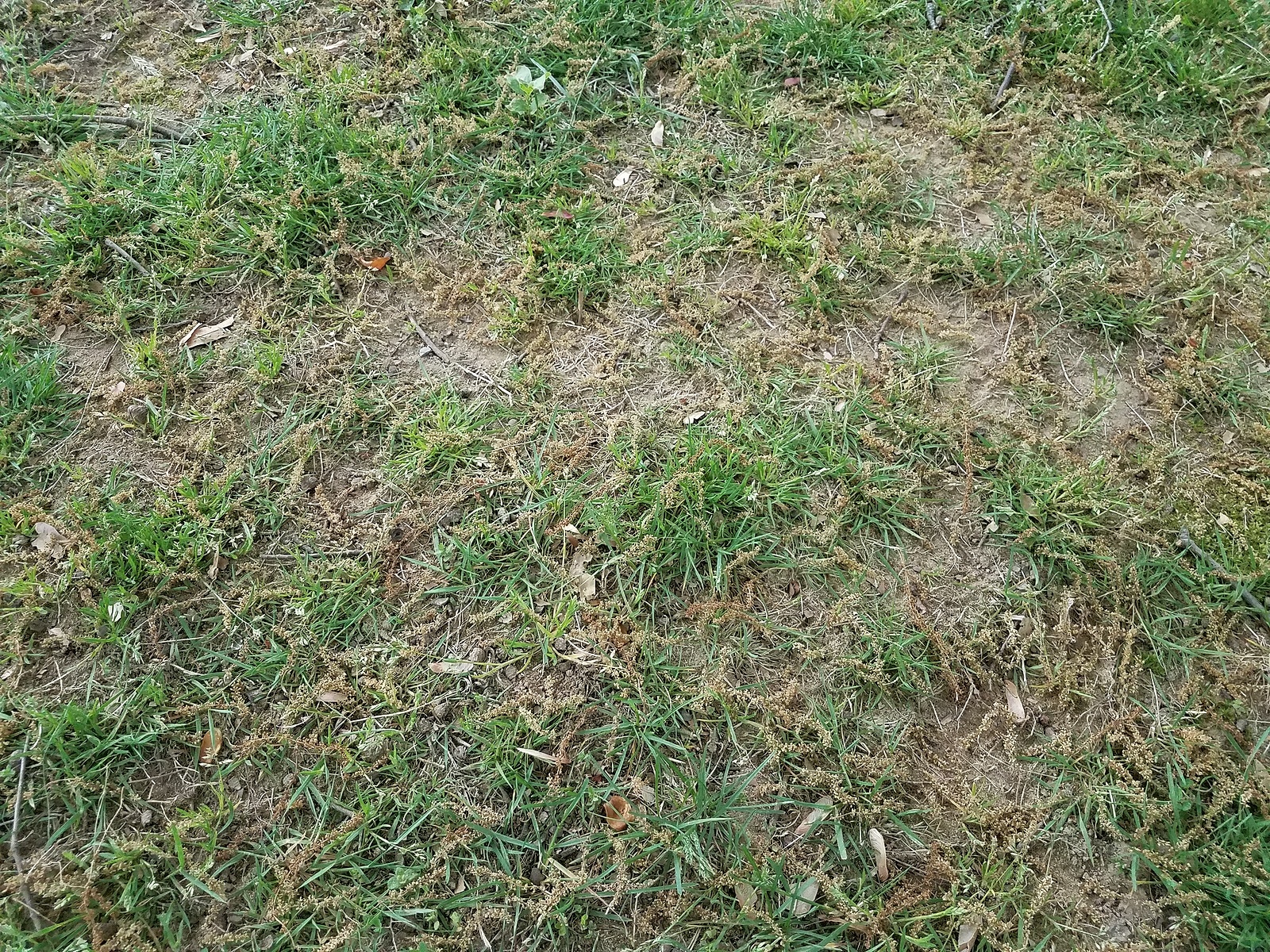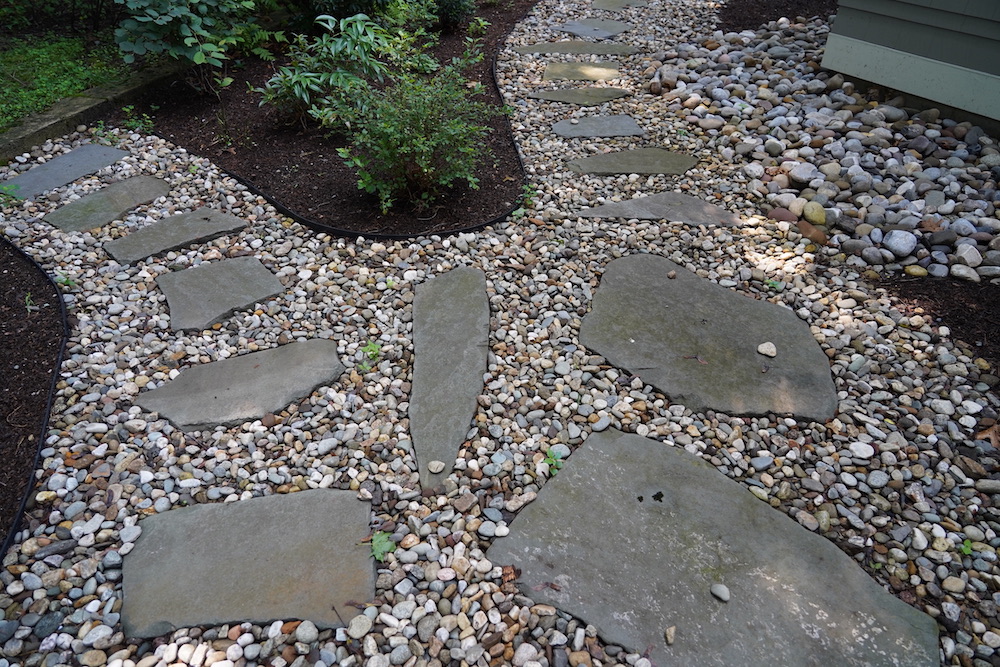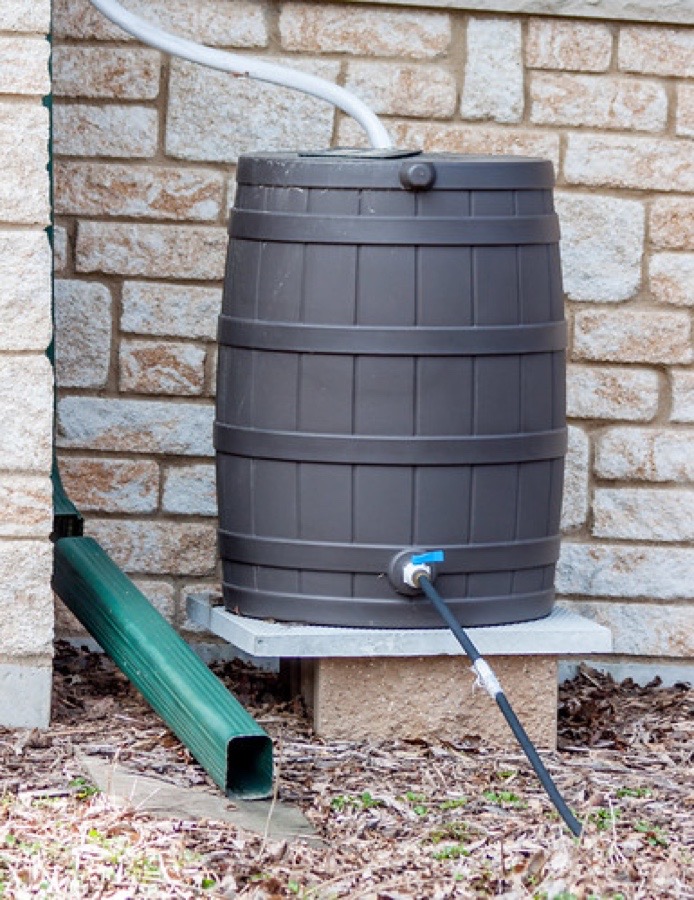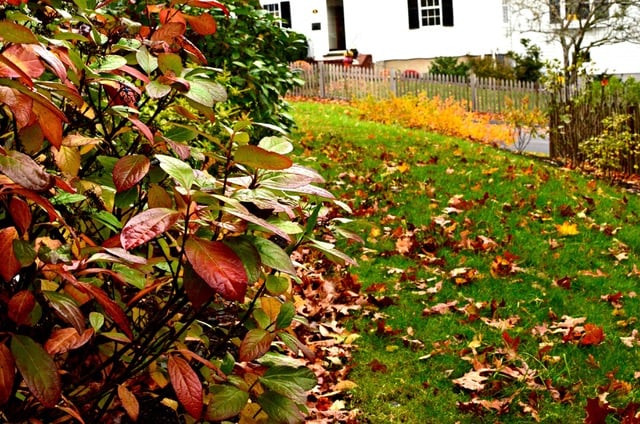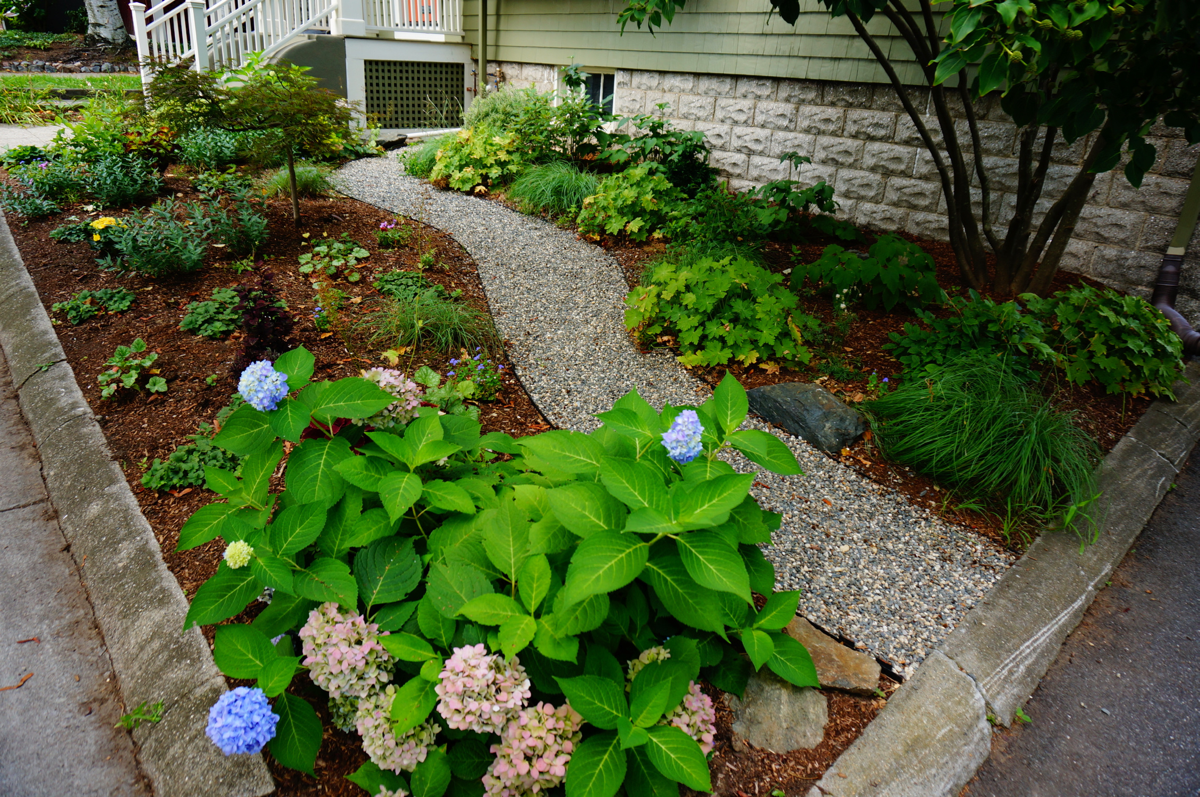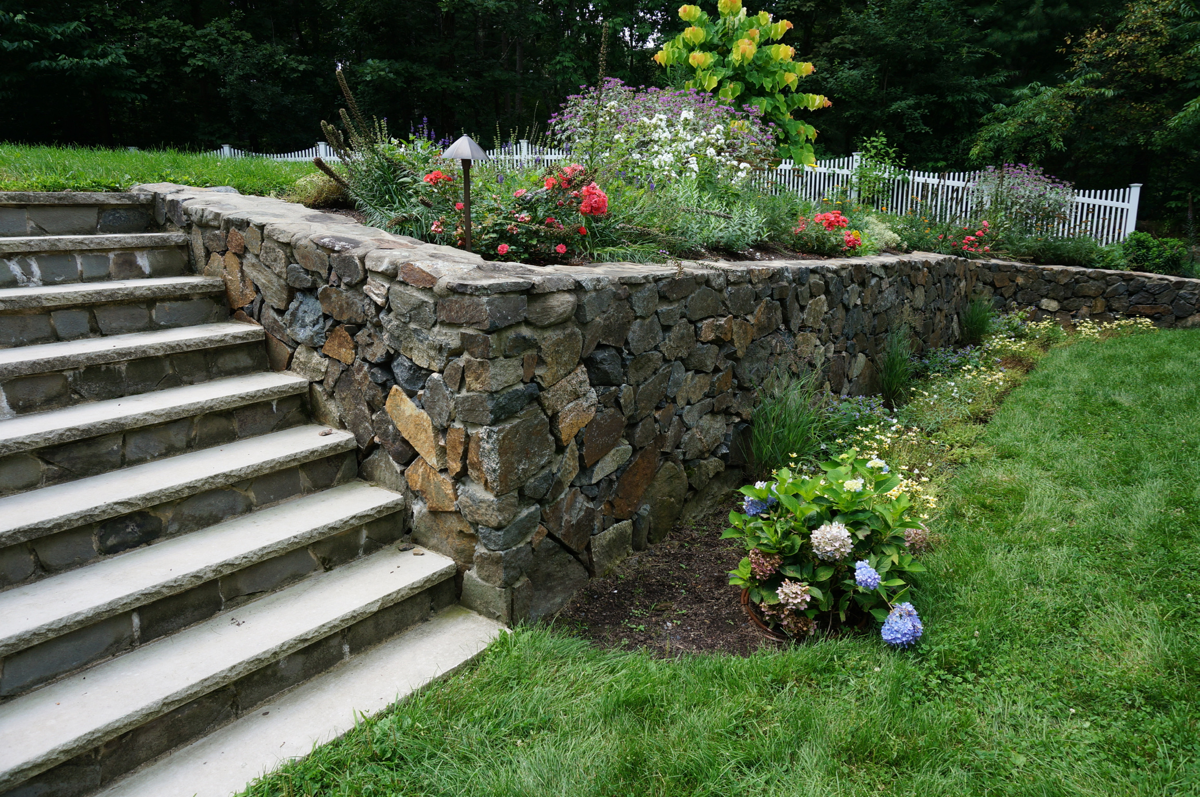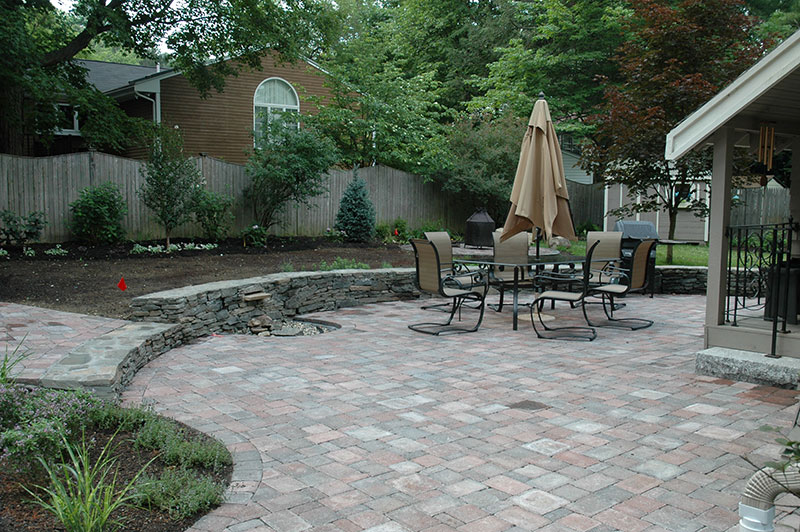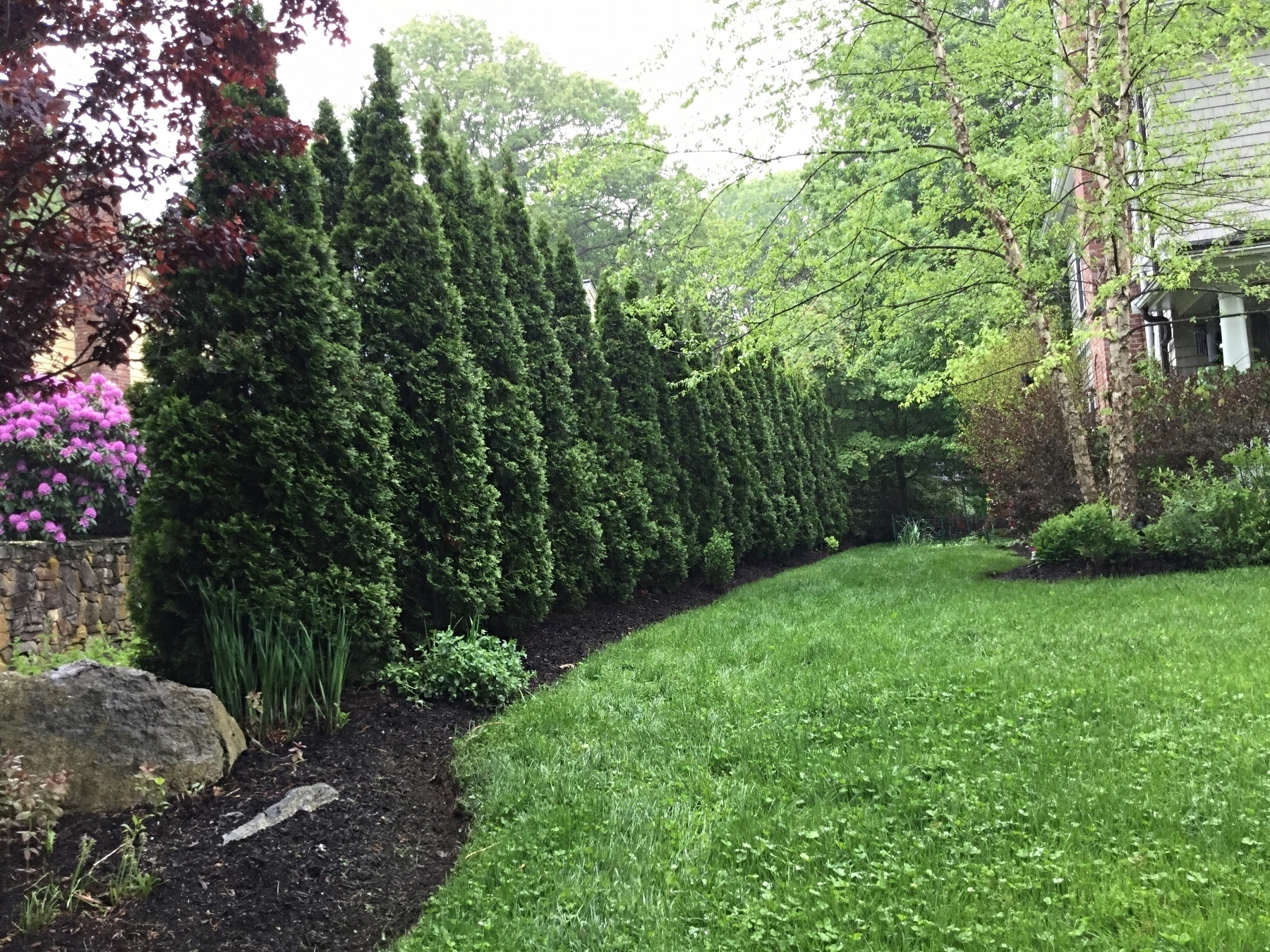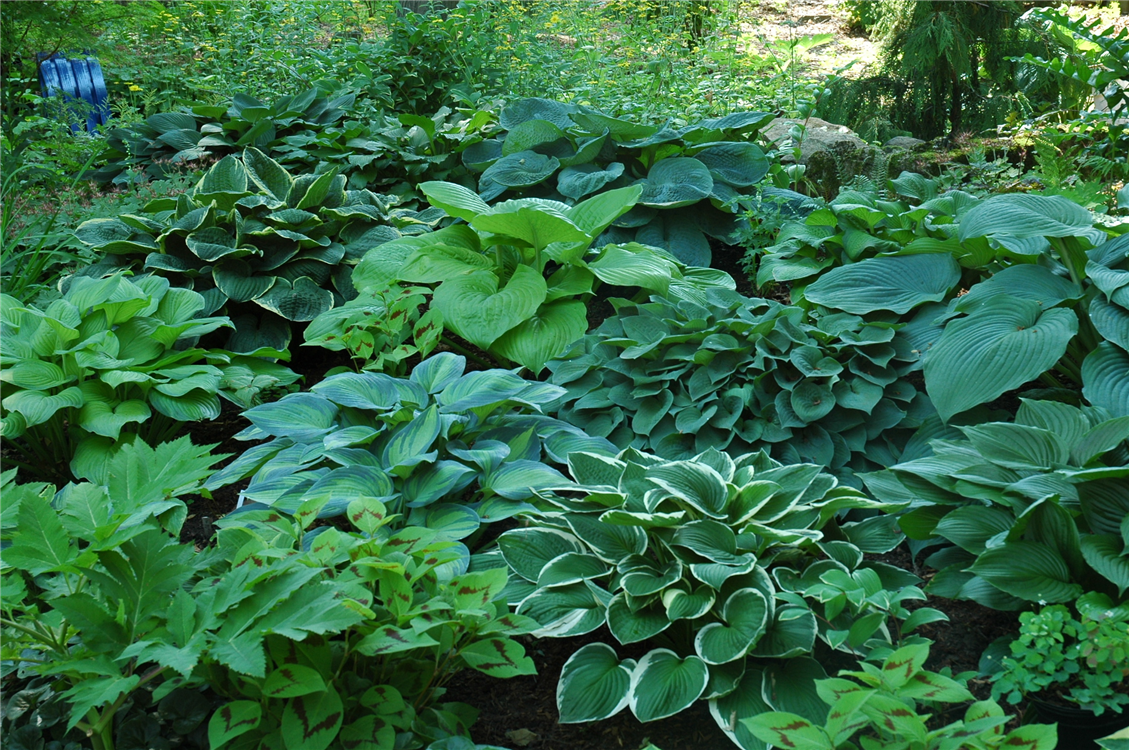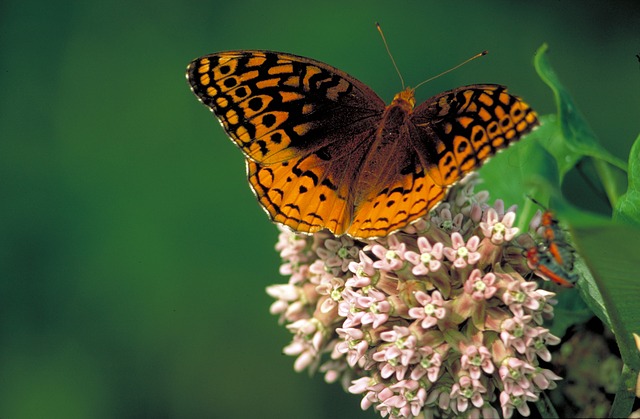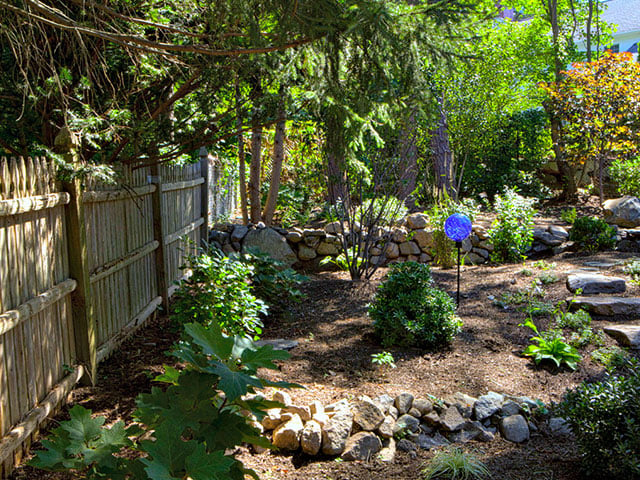If your garden plants are struggling, your flowers are flopping, or your lawn just doesn’t seem like its best, chances are the problem lies right beneath your feet. Healthy soil is the foundation of a thriving landscape — but it’s a step many homeowners overlook when they’re excited to get new plants in the ground.
But, you don’t need to be a master gardener to create rich soil that will support plants, flowers and shrubs to flourish throughout the growing season. We’ll walk you through simple, organic ways to turn tired, poor soil into a vibrant ecosystem that helps your plants thrive— all without harsh pesticides or synthetic shortcuts.

What Is Healthy Soil?
Good soil isn’t just dirt — it’s a living, breathing underground ecosystem packed with organic matter, minerals, and microscopic life.
Soil particles form the structure, and microorganisms, earthworms and even bits of decaying plant material all play a role in keeping things running smoothly. When soil is healthy, it holds together just enough to support your plants without getting dense or compacted.
When your garden is packed with robust soil, everything above ground starts to thrive. Healthy soil acts like a support system for your plants’ roots, giving them easy access to nutrients, water, and air.
It’s also home to an entire underground workforce: beneficial microbes that break down organic materials into plant-ready food, and helpful critters like earthworms that naturally aerate the soil.
This dynamic team creates the perfect conditions for plant roots to stretch out, develop roots and grow strong — which means bigger blooms, better veggies and happier garden beds.
How to Improve Your Soil's Health
Conduct a Soil Test
While soil might look the same from yard to yard, what’s actually inside can vary a lot. Before you dive into planting, you should take a little time to test your soil quality so you can understand exactly what’s going on beneath the surface.

This test will uncover key details about the soil’s structure like the soil’s pH balance (how acidic or alkaline it is) and phosphorus levels (ideally between 20 to 40 parts per million). This information matters for multiple reasons: you can ensure each plant has the unique nutrients it needs to survive, grows stronger roots and retains more water.
Add Amendments
Once you’ve got a handle on your soil’s condition, you can make smart decisions about what it actually needs to help growing plants thrive.
One of the easiest and most effective ways to improve your garden soil’s health is by adding compost and other organic materials such as grass clippings, fallen leaves and well-aged humus (the clumpy soil organic matter that is a hallmark of healthy dirt).
Over time, this organic goodness breaks down and releases a steady stream of nutrients, creating a rich, fertile environment. Plus, it's a great way to recycle yard waste and keep it out of the landfill.

Whether you’re topdressing your lawn or layering compost into your garden beds, organic matter is like a multivitamin for your soil — totally natural, incredibly effective and key to growing healthier plants with less effort.
Address Compaction
If your soil feels more like concrete than crumbly, it’s probably compacted, which means roots, water and air are struggling to get through.
But, don’t grab a tiller just yet. Over-tilling compacted soil can actually damage its natural structure and disrupt the helpful microbes living there.
Instead, tillage the soil in a gentle way: use a garden fork to aerate, plant deep-rooted cover crops or mix in compost to naturally fluff things up over time. It’s like giving your soil a massage — without tearing up the whole yard.
Support Beneficial Soil Organisms
Earthworms, microorganisms, mycorrhizal fungi, nematodes and other tiny creatures are the unsung heroes of your garden. When your dirt is alive with these beneficial soil microbes, your plants reap the benefits in the form of healthier roots, better growth and fewer pest problems.
That’s because they all have essential jobs to do. For example, as earthworms move through the soil, they create natural tunnels that aerate it and improve drainage. Microbes and fungi, on the other hand, help break down dead plant material and turn it into nutrients that plants can actually use.

As a homeowner, one of the most important things you can do to help these garden helpers stay happy and healthy is to ditch the synthetic pesticides and chemical treatments, which are quite sensitive to these harsh methods. And when they disappear, your soil becomes less effective at supporting plant life.
Creating healthy soil isn’t glamorous, but it’s hands-down the best investment you can make in creating a landscape full of healthy plants. It sets the stage for everything else: plant growth, fewer pests, better blooms and stronger veggies.
And the best part?
You can build great soil with things you already have on hand — like compost, grass clippings and time. So grab a shovel, get your hands dirty, and start building soil that works with nature, not against it. Your garden (and your plants) will thank you for years to come.
To learn more about landscape maintenance for your home, download our free ebook, How to Maintain Your Landscape and Transform It Into a Beauty You'll Love. If you're ready to get started on your new landscape project, or simply want to learn more about the process, you can contact our team here to schedule a free consultation. We'd love to talk to you!


